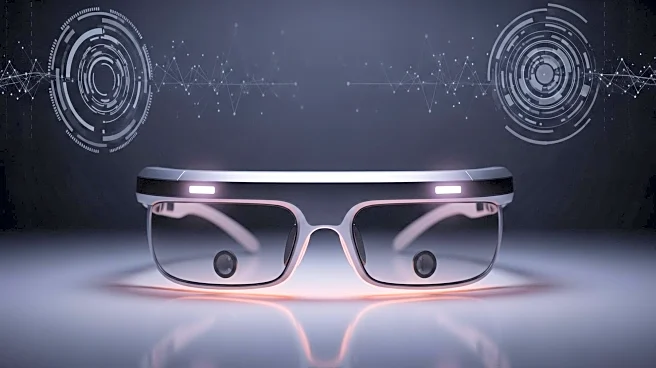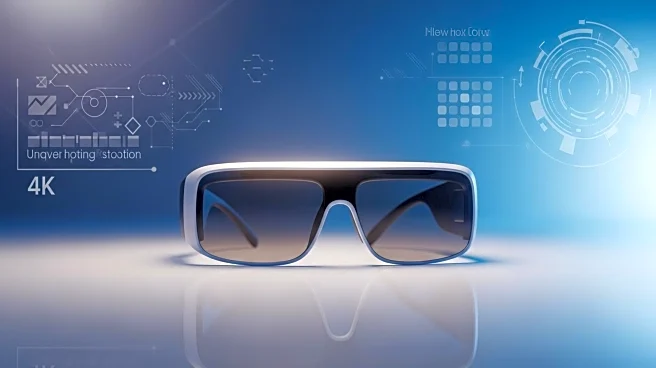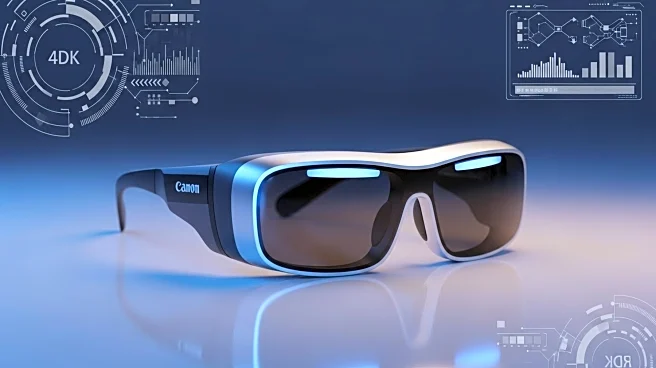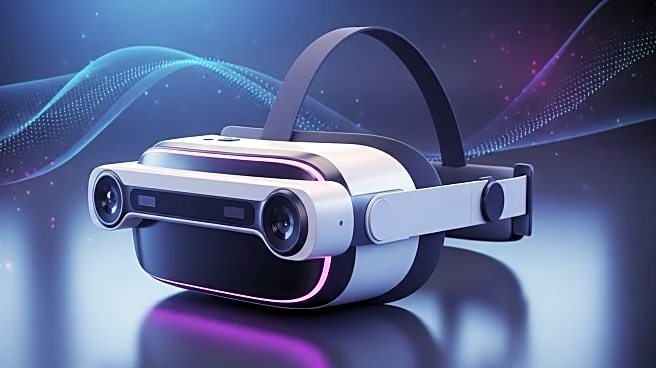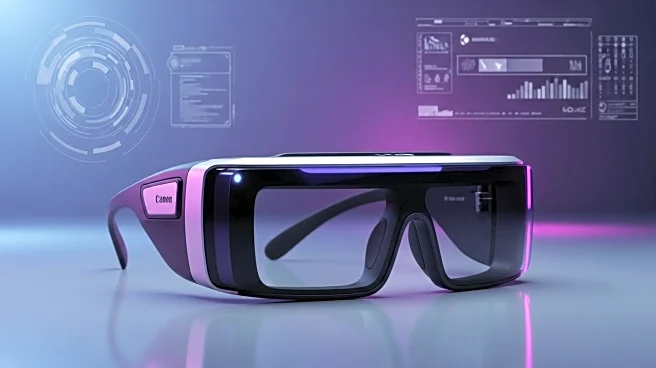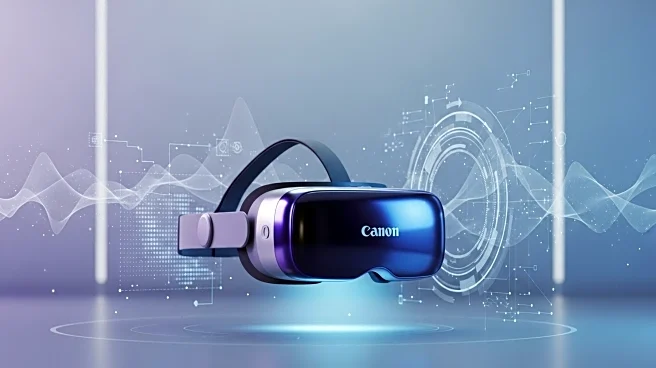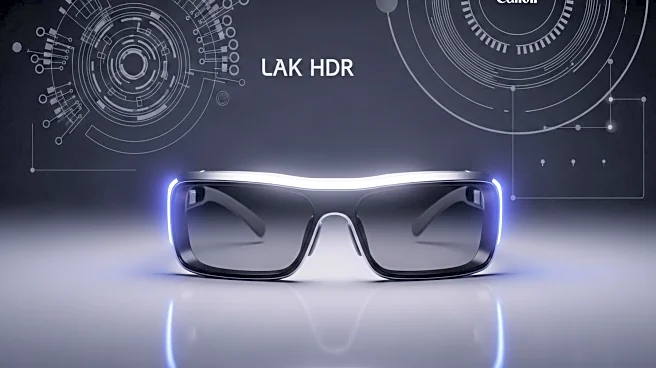What is the story about?
What's Happening?
In 2025, several major technology companies have announced significant advancements in augmented reality (AR) technology, which could have a substantial impact on consumer tech. Meta has introduced a new model of Ray-Ban display glasses, featuring a sleeker user interface and a wristband controller, aiming to integrate AR into everyday wear. Amazon is reportedly developing AR glasses under the codename 'Jayhawk,' which are expected to include features like a camera, microphone, and full-color display, indicating a focus on retail and assistant integration. Snap has announced plans to release consumer smart glasses in 2026, emphasizing social AR experiences. Meanwhile, Apple, although not having revealed a full AR product, continues to influence the market with its strategic roadmap, prompting competitors to adjust their pricing and launch strategies. These developments highlight a competitive push towards integrating AR into consumer products, with implications for social media, retail, and enterprise applications.
Why It's Important?
The advancements in AR technology by these major companies are poised to reshape the consumer tech landscape significantly. For consumers, this means a potential increase in the availability and functionality of AR devices, which could enhance everyday experiences in social media, shopping, and more. The competition among tech giants like Meta, Amazon, Snap, and Apple is likely to drive innovation and lower prices, making AR technology more accessible. Additionally, the integration of AR in enterprise and educational settings suggests a broader application beyond consumer use, potentially leading to improved training and educational tools. However, these developments also raise concerns about privacy and data security, as AR devices become more integrated into daily life, collecting and processing vast amounts of personal data.
What's Next?
As these AR technologies continue to develop, consumers can expect quicker product cycles and more experimental applications in social and retail contexts. Companies will likely focus on building robust software ecosystems to support their hardware, emphasizing app stores, development tools, and content formats. Consumers should prepare by understanding device permissions and considering which platform best aligns with their privacy preferences. The ongoing competition among these tech giants will likely lead to further innovations and potentially new market entrants, shaping the future of AR technology.
Beyond the Headlines
The push towards AR technology also brings ethical and cultural considerations. As AR becomes more prevalent, it could change how people interact with digital content and each other, blurring the lines between virtual and physical realities. This shift may influence social norms and behaviors, as well as raise questions about the digital divide and access to emerging technologies. Additionally, the integration of AR in various sectors could lead to job displacement or transformation, requiring new skills and training for the workforce.
AI Generated Content
Do you find this article useful?
